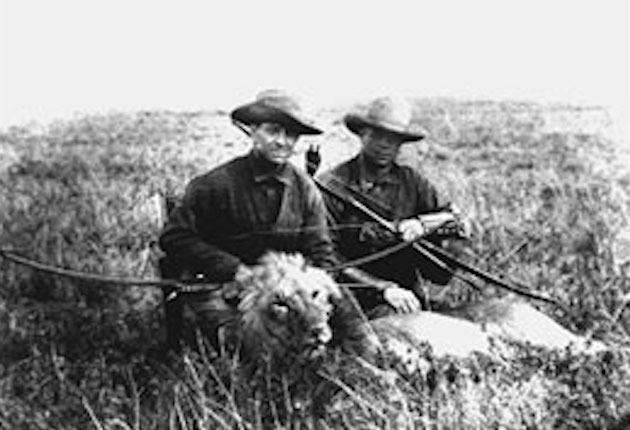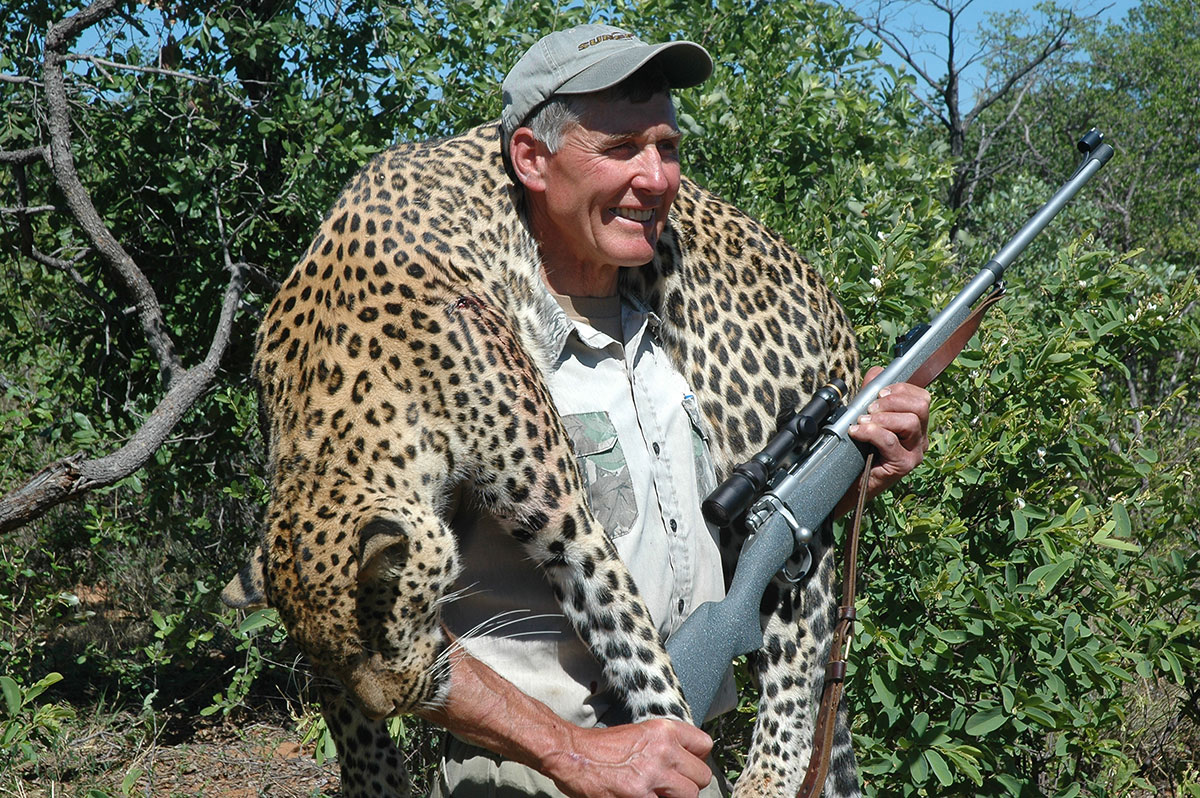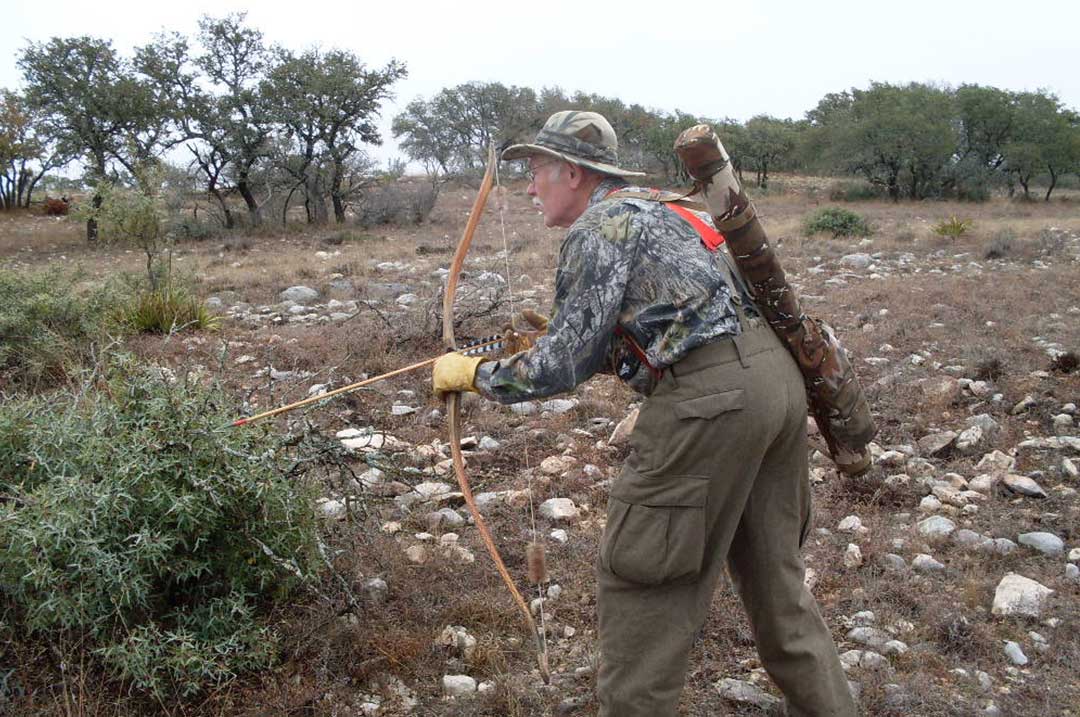If you hunt with a bow and arrow, you do so because Saxton Pope and Arthur Young met by “chance” on a single day of the world fair more than a century ago.
The moment didn’t draw attention from onlookers and likely didn’t register as a life-changing moment for the men themselves—the elder Pope and the younger Young being introduced by a mutual acquaintance, neither knowing at the time the level of importance the meeting would have. Idle chit chat maybe, sincere small talk perhaps, but no inkling of the archery renaissance they were about to start.
By the time the two met in 1915, Saxton Pope was already an avid bowhunter, surgeon and medical instructor at the University of California, San Francisco’s Medical School. He had used archery tackle in his youth as a toy or to hunt small game and birds with. Pope met Ishi, the Yahi Indian who would teach him the native technique of longbow hunting, in 1911, and the two had quickly become close friends and hunting companions. His interest in bowhunting was rekindled under the Indian’s tutelage, and together they began hunting big game with bows and arrows.
Arthur Young was a newspaper man with the San Francisco Call, a competitive swimmer in training for the Olympics at one point, an exceptional rifle and pistol shot and a violinist. He was a hunter and angler, and while he brought sticks and strings into the field, they were part of a violin, not a bow.
The historic meeting took place at the Panama-Pacific International Exposition in 1915—the World’s Fair held in San Francisco that year. The event was the celebration of the Panama Canal’s completion and the 400th anniversary of the Pacific Ocean’s discovery. Visitors attended the fair from February 20 through December 4.
According to the Archery Hall of Fame, Will Compton, a former bowyer in Oregon, had met Pope when visiting Ishi sometime between 1911 and 1915. Compton was walking the fairgrounds when he met Young at a Japanese archery exhibit. Young had no experience with archery that we know of, but the exhibit caught his eye and must have held him there long enough for Compton to pass by and strike up a conversation. Compton became Young’s mentor in the sport, and, since the two were coincidentally at the fair the same day, Compton took Young to meet Ishi and Pope.
Their meeting didn’t cause a sensation. The website commemorating the fair notes distinguished guests that attended, such as Laura Ingalls Wilder, but Art and Saxton aren’t mentioned even 100 years after the fateful introduction. To bowhunters, the new acquaintance would mean the rebirth of an age-old method of hunting almost lost in the Industrial Revolution and the rise of firearms.
The four men would spend the rest of 1915 and part of 1916 hunting together, with Compton and Ishi as the tutors and Pope and Young as the eager students. The two shared kills and campfires together and were no doubt close, but Ishi’s death in 1916 would provide the glue that cemented the two men together as lifelong friends. Pope had spent much of the previous six years in Ishi’s company. With the loss of his favorite hunting friend there was an understandable void that Young filled.
The two promoted their shared sport in print, film and spoken word. Pope was the writer of the two and published several books on bowhunting, including Hunting with the Bow and Arrow and The Adventurous Bowmen. Young produced the first bowhunting film—and likely the first hunting film in general—when he traveled to Alaska for bears, moose and sheep in 1922 and ’23.
Young also lectured on bowhunting across the country. According to the Pope and Young Club, one lecture in Detroit spurred a young automobile worker named Fred Bear to forsake vehicles and use his knowledge of mass production to build archery equipment.
In an article by Cliff Huntington on Young’s life, the writer notes that Young was particularly incensed by critics’ doubts of archery equipment. He spent much of his bowhunting career in Pope’s company attempting to prove the naysayers wrong. Among their incredible feats was the killing of several lions with their longbows on an African safari.
Pope summarized their lives’ work by saying:
“To you who would follow us into the land of Robin Hood, let me say that what you need most is a great longing to come, and perseverance; for if I should try to explain how we have accomplished even that little we have in hunting, I would protest that it is because we have held to an idea and been persistent,” Pope said. “In my own mind the credit is ascribed to the fact that I have surrounded myself with good companions and tried again and again in spite of failure.”
The legacy of Pope and Young’s perseverance lives on in the compound and traditional bows of today, their namesake club and the numerous publications and films they created. If you hunt today with a bow and arrow, you do so because two men met by “chance” on a single day of an essentially yearlong world fair a century ago.
 All of the men and women featured on these pages shared an unquenchable thirst for adventure, and a remarkable ability to survive in the face of extreme hardship and dangerous encounters in the wild outdoors. Spanning the years from 1800 to the mid-1900s, the careers of these dedicated hunters and explorers were filled with all sorts of adversity and challenges, which they somehow managed to overcome.
All of the men and women featured on these pages shared an unquenchable thirst for adventure, and a remarkable ability to survive in the face of extreme hardship and dangerous encounters in the wild outdoors. Spanning the years from 1800 to the mid-1900s, the careers of these dedicated hunters and explorers were filled with all sorts of adversity and challenges, which they somehow managed to overcome.
Altogether, these pages relive the most compelling stories of 25 acclaimed hunters and explorers, all complemented by more than 120 paintings of wildlife from around the world. Shop Now




